Monsters of Men by Patrick Ness is the conclusion to the Chaos Walking trilogy. Like the second book, this story follows Todd and Viola as they fight to be together, only this time, there is a war between the people and the spackle. We also get to read about the thoughts of a spackle and see their motives and their lives which adds a lot to the story.
The Ask and Answer are still not exactly in agreement, but their fight was put on pause to focus on the spackle. This was quite a bit different from the other two books because most people seemed to actually want peace, instead of just wanting to rule over everyone else. It’s wild how every single character is so trustworthy and suspicious at the same time, and just when you start to actually believe someone’s intentions, they do some significantly bad thing out of nowhere.
Like the other books, there were some parts that were confusing and sections where I just didn’t care what was happening, but there were also parts that were really good and I had to know how things turned out. Ness did a good job of tying up all of the loose ends and giving everyone the ending that suited them in one way or another. If you liked the other books, you’ll like this one too.
Monsters of Men by Patrick Ness. Candlewick Press, 2014.
Reviewer bio: I’m Natalie Hess and I’m simply a high school student who LOVES reading everything from scifi to romance to nonfiction and everything in between. I also love sharing my thoughts and I hope you enjoy!
Buy this book from our affiliate Bookshop.org.

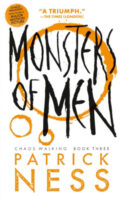
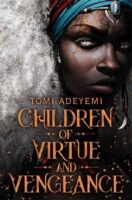
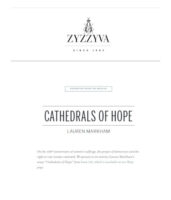
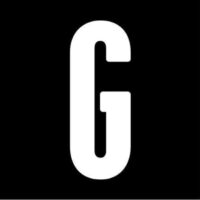
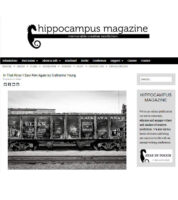
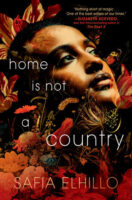
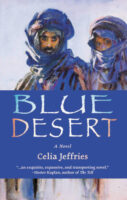
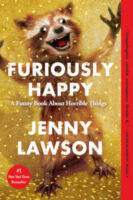

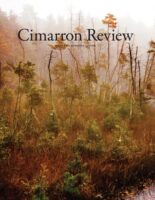
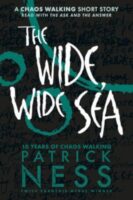
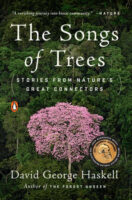
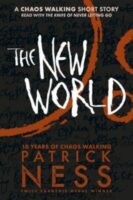
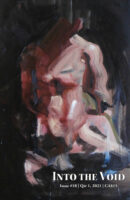
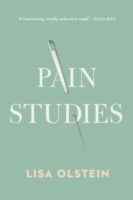
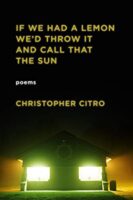
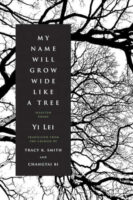
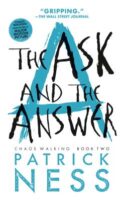
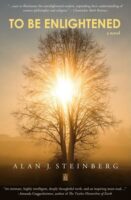
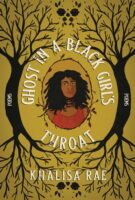

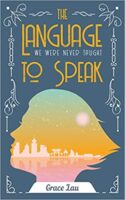
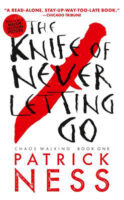
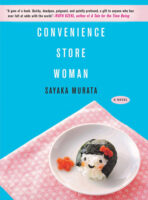
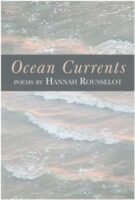
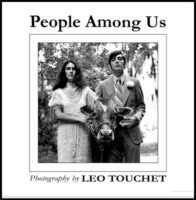
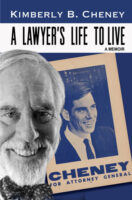
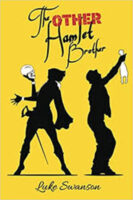
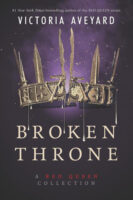
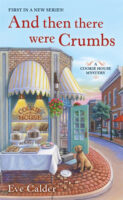
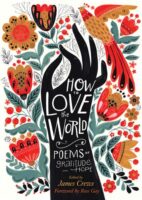


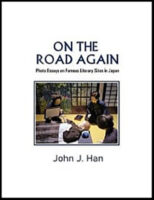

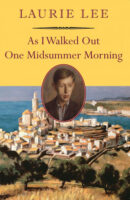
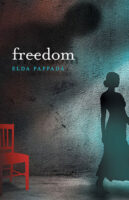
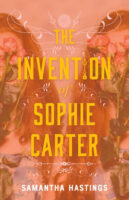
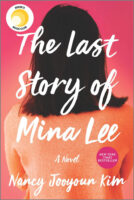


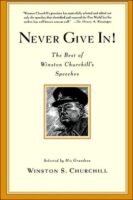
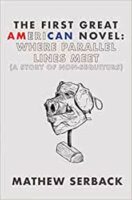
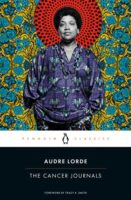
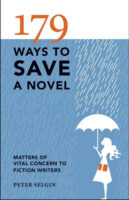
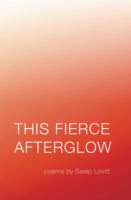
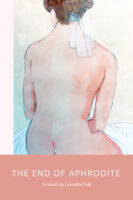
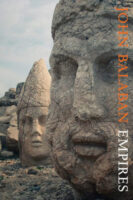
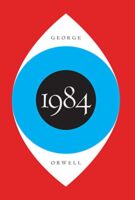
 Book Review by Denise Hill.
Book Review by Denise Hill.